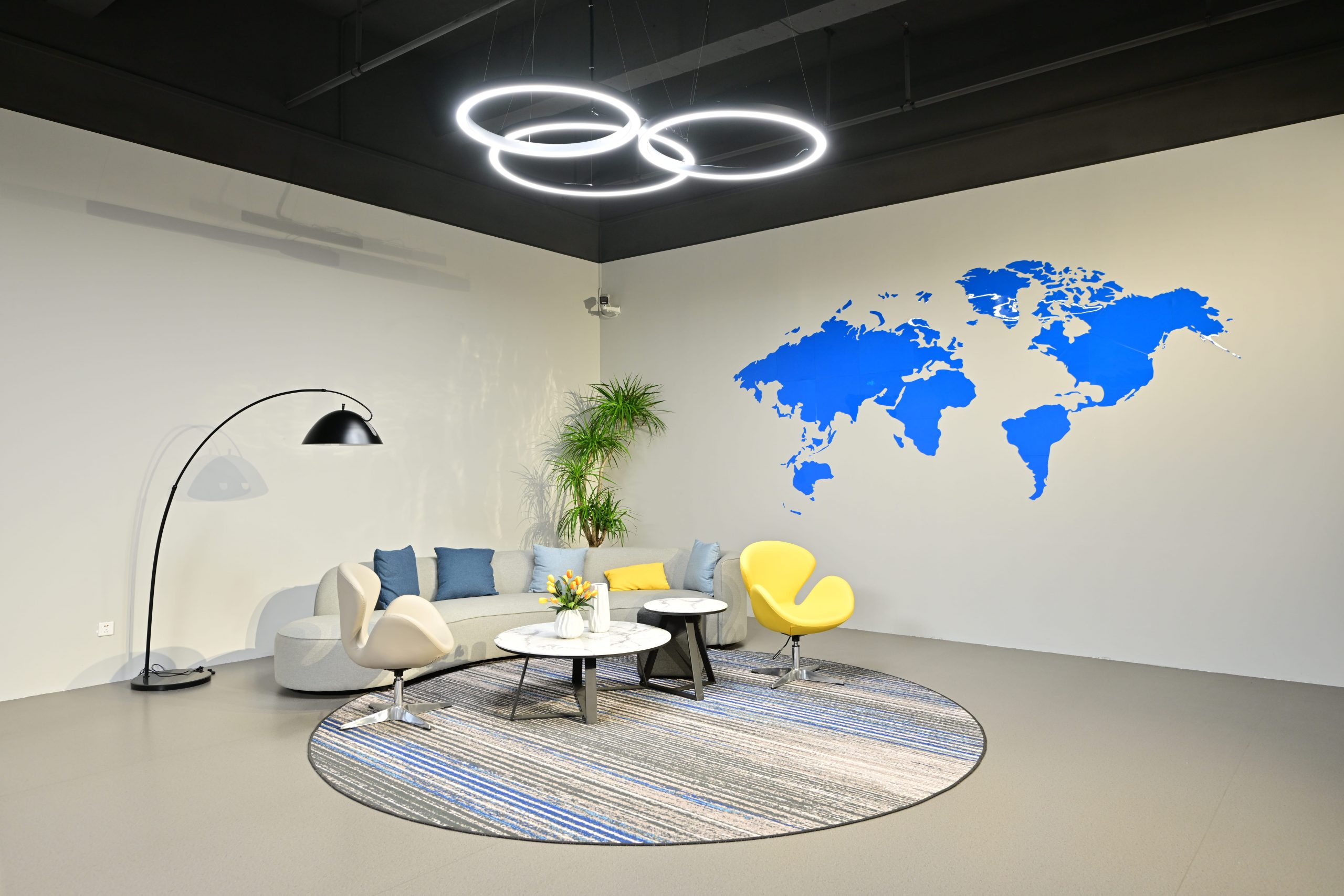Today, you would now hear of the terms SLA and SLS in the printing industry. Many are not really familiar what these two acronyms mean except those who are working as printing professionals. If you need 3D printing services, this article will briefly discuss what SLA is all about.
Table of Contents
ToggleWhat Is SLA?
SLA stands for stereolithography. It’s known as the first ever 3D printing technology that has been developed. This was first introduced in the 1980s, and later patented in 1984. This uses the process of ultraviolet, where it is utilized to cure polymer material. Te vat photopolymerization process cures a liquid resin, turning it to hard plastic, done layer by layer until the solid object is formed. This is considered to be the 3D printing technology of choice by most for things that require very detailed prints and where smooth surfaces are needed.
The Steps
SLA requires many different steps. First, you must have your design. The file format used by SLA printers do not really differ from other 3D printers available in the market. However, note that SLA involves a lot of heat during photopolymerization. This may result to deformation and warping, subject to the design that you are working on. That is why the design plays a crucial part in SLA printing. This phenomenon can be avoided by exercising some known practices such as designing walls in such as way that they have uniform thickness. SLA printers have either top-down or bottom-up orientation, but most use the bottom-up approach. The photopolymerization starts with the resin, a mixture of oligomer and monomers. The ultraviolet energy light hits the resin solution and provides enough energy in order for the terminal member of the oligomer or monomer to separate. Then, the curing process takes place. This is done in a dedicated UV curing chamber for one to two hours, or can also be done on direct sunlight for about one to two weeks.
The Benefits
If you are asking if there are benefits to SLA that you should know of, yes, there are. SLA is a better alternative to FDA when you take into consideration some of its properties.
- The objects that were done using SLA are significantly smoother in finish, which is simply impossible with FDM. SLA uses a fine laser-point which enables it to reproduce very detailed designs, while the FDM cannot. SLA prints are significantly much better compared to FDM-prints. The same can also be said when you consider the materials being used.
- SLA offer much better diversity. You have an array of selection where resins are sold for specialized uses as well as available in extra durable and rubber-like characteristics. You cannot have such choices in FDM printing. SLA is also now becoming popular in desktop 3D-printers.
The Limitations
How about the limitations that you need to consider? While it is obvious that SLA is a great choice for 3D printing, there are a lot of printing services that are still not using it? Why, you ask?
Costs are high
Well, it certainly is not cheap. If you want to use this technology, you should be able to shell some money. You see, the most popular printing models are very expensive, which starts at $3,000. For start-ups, that is a lot of money. While there are alternative machines available in the market the sell anywhere from $1,000 to $2,000, these stuff are still more high priced compared to FDM printers. Plus, while these are cheaper than the more popular brands, you can’t really guarantee quality. And we were just talking about the printer earlier. Adding resin cost, it could easily pile up. Resin is much more pricier compared to FDM filaments. A low priced available resin is worth about five dollars per liter. This amount is only enough to create a number of small prints. If you need larger prints, then you need some more. For five bucks, you can already buy a PLA filament that can be used several times in a course of a year.
It’s not the most durable
Then, there’s also the durability to think of. While some may prefer the more detailed prints of SLA, it does not mean that these are always durable. If you buy cheap thermoset plastics, you can get SLA prints that are prone to brittling and cracking. Prolonged sun exposure also has the tendency to affect SLA-prints in both mechanical strength and aesthetics. Some even claim that SLA-prints are best as display items, but not really for functional uses.
Conclusion
What is in store for SLA in the future? SLA printers has just been introduced as desktop models. As of now, there are only a few who are offering SLA printing services because of the high cost associated with it. However, technology is fast-paced and SLA might become more affordable later on for different printing services in the future. In the meantime, it’s a great alternative to some of the available printing solutions out there.







